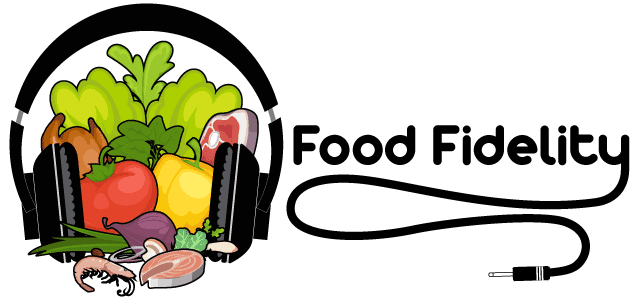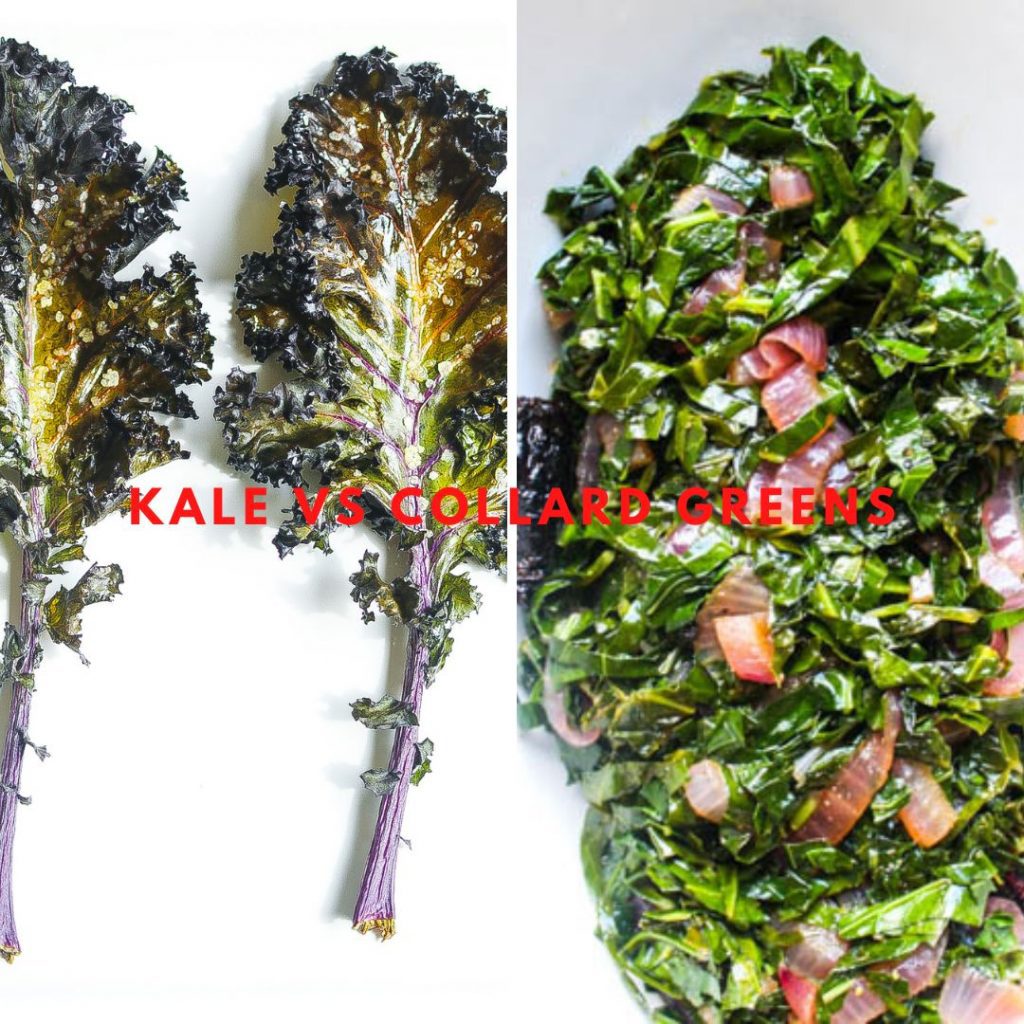If you think that kale and collard greens are just different names for the same thing, think again! While they may be similar in color and texture, when it comes to flavor profiles these two greens staples have a few key differences.
Whether you're looking to delve deeper into options for your weekly meal planning or simply curious about how two seemingly similar food items can differ so greatly, this blog post is sure to give you some essential insight on kale versus collard greens. So pull up a seat at the table and get ready—it's time to walk through what makes each of these green giants unique.
Full candor I'm team collard greens all the way though I do eat and grow my share of different types of kale.
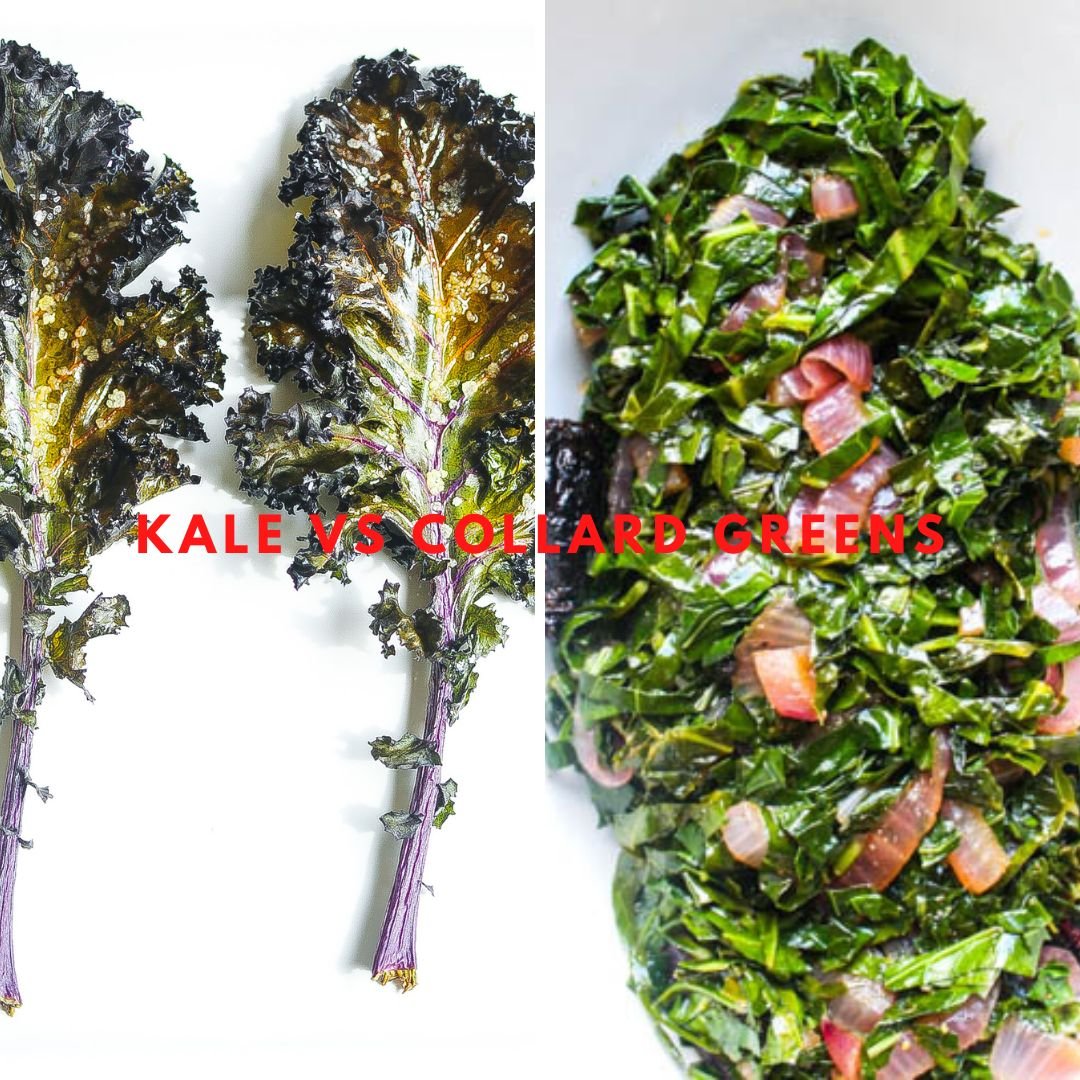
What are the key similarities between Kale and Collard Greens?
Kale and collard greens are both leafy green vegetables that belong to the Brassica family, and therefore, share many similarities. Some of the main similarities between the two include:
- Culinary use: Both kale and collard greens can be eaten raw or cooked, and can be used in a variety of dishes such as salads, sautés, soups, and stews.
- Seasonality: Both kale and collard greens are available year-round, but are at their best in the cool weather of fall and winter.
- Cultural significance: Both kale and collard greens are commonly used in traditional cuisines, particularly in southern American, African American and Mediterranean cuisine.
What are the key differences between the two?
- Taste: Kale has a slightly sweeter taste than collard greens and is less bitter. Collard greens have a stronger and more robust taste.
- Texture: Kale has a more tender texture compared to collard greens, which are more robust and chewier.
- Culinary use: Both kale and collard greens can be eaten raw or cooked, but collard greens are more commonly used in Southern American cuisine, often cooked with bacon, ham hocks, or smoked turkey. Kale is often used in salads, smoothies, and sautés.
- Seasonality: Collard greens are usually available all year-round but are at their peak from late fall to early spring. Kale is available year-round but is at its best in the cool weather of fall and winter.
What are the different types of Kale?
There are several different types of kale, each with its own unique flavor, texture, and appearance. The three most common types include:
- Curly Kale: This is the most common type of kale and has ruffled, curly leaves with a slightly bitter taste. It can be eaten raw in salads or cooked in soups and stews.
- Lacinato Kale (Dino Kale or Black Kale): This type of kale has dark green, elongated leaves with a slightly sweeter taste and a tender texture. It's often used in salads and sautés.
- Red Russian Kale: This type of kale has purple-red stems and leaves with a mild, sweet flavor. It's a popular variety for juicing and smoothies.
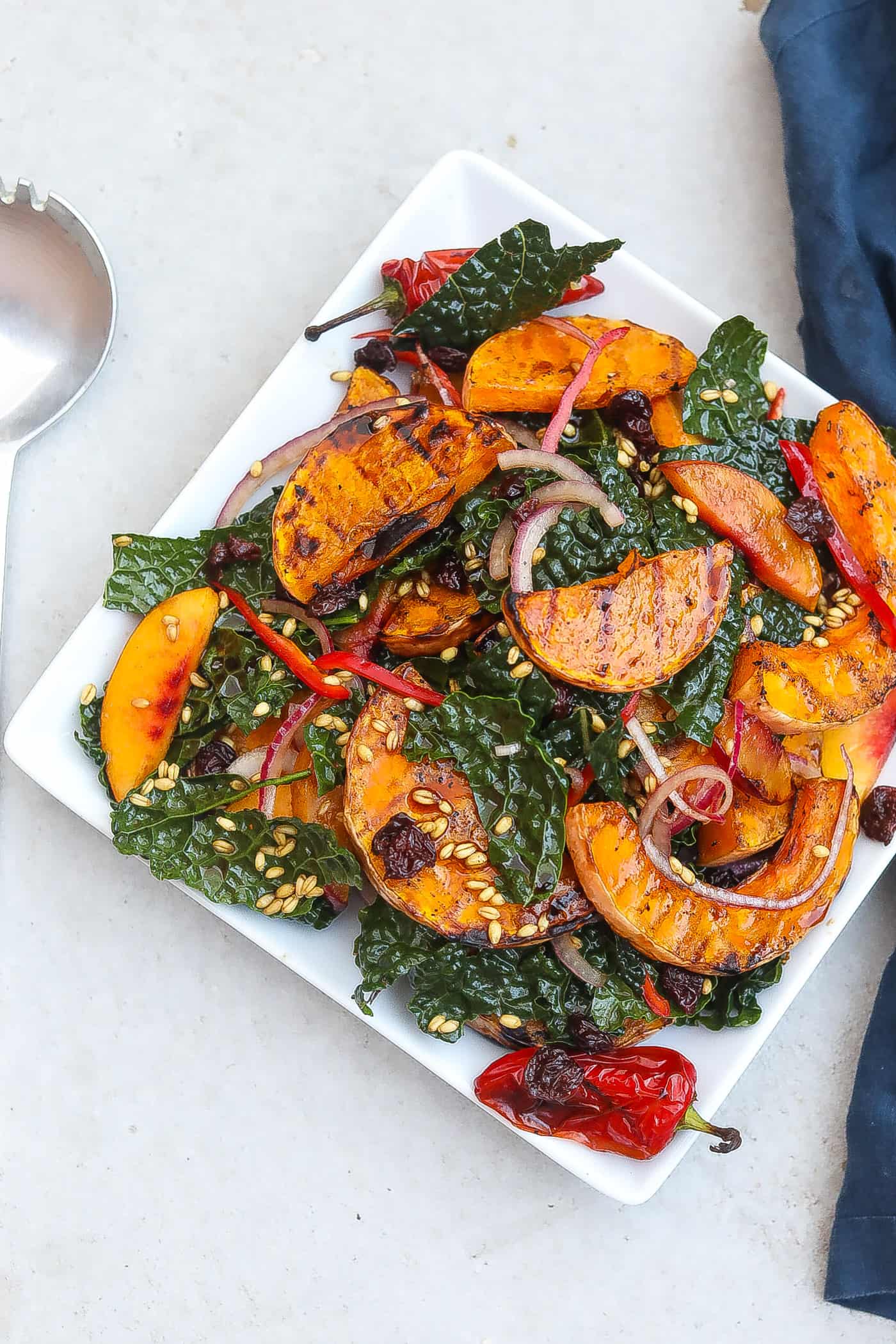
What are the different types of Collard Greens?
Collard greens are a type of leafy green vegetable that are commonly eaten in the southern United States. Some of the most common types of collard greens include:
- Georgia Southern: This is one of the most popular varieties of collard greens and is known for its large, dark green leaves and mild flavor.
- Morris Heading: This variety of collard greens is known for its compact growth habit, which makes it well suited for small gardens.
- Vates: This variety of collard greens is known for its blue-green leaves and frost tolerance.
- Champion: This variety of collard greens is known for its fast growth and high yields.
Overall, there are many different varieties of collard greens (I actually grow Georgia Southern and Champion greens) available, each with their own unique characteristics and uses. Some of them are more resistant to pests, or have a better yield, or are perfect for specific climates, which can make a difference in the gardening and farming perspective.
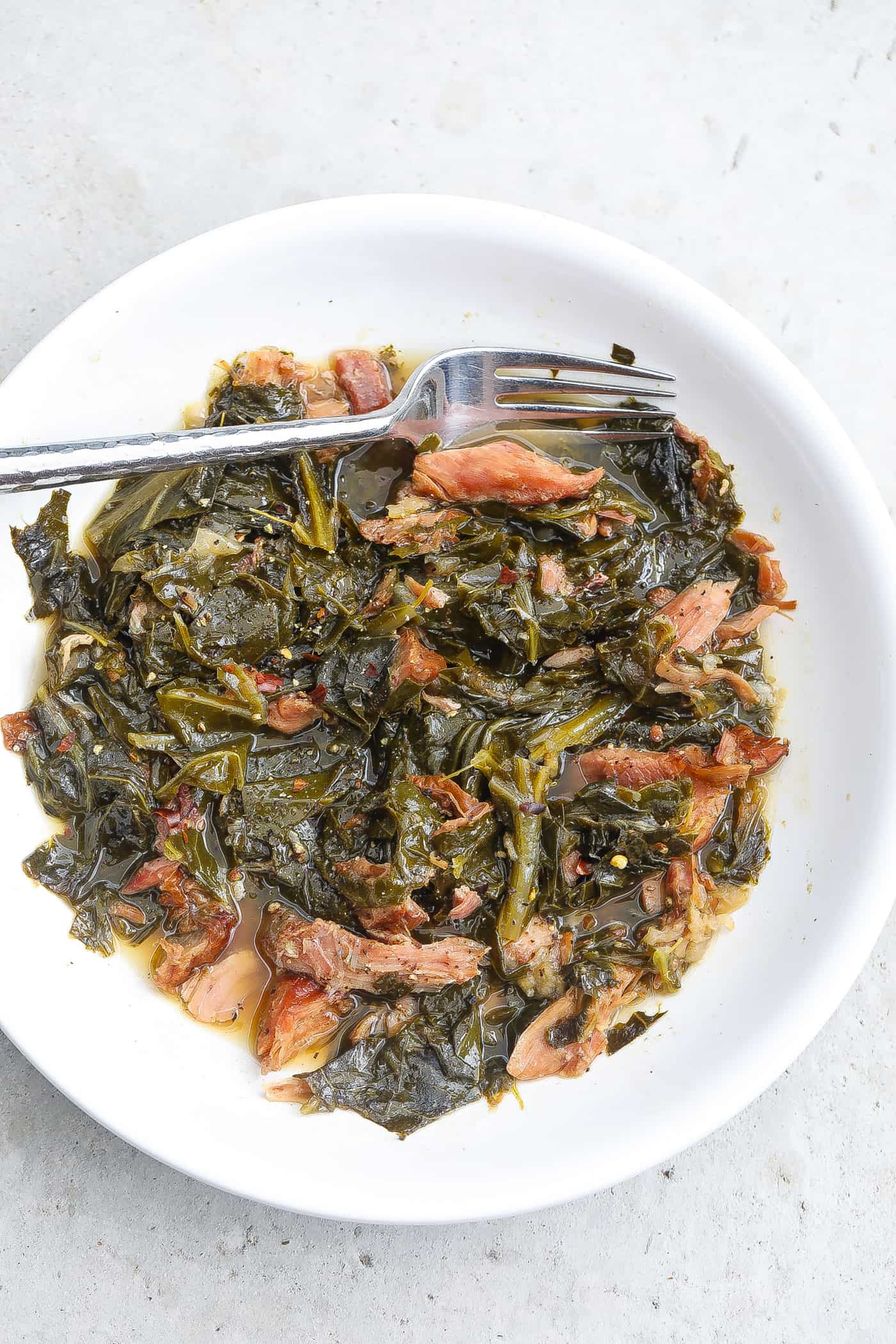
Eat More Collard Greens
Kale is often considered a superfood, but we must not forget its green cousin, the collard green.
So next time you are looking for that afternoon snack or an ingredient for dinner, why not consider collard greens?
And if you’re still having trouble finding ideas on how to incorporate them into your meals – don’t worry! There are plenty of recipes on my site that may help get the creative juices flowing! With the right know-how, there’s no excuse not to eat more collard greens!
If you make a collards or kale recipe from the site, please come back and leave me a comment below with your feedback. Definitely take a photo of the dish and be sure to tag #foodfidelity so that I can see them.
You can also keep up with my food exploits as well as original recipes! You can find me on Instagram, Facebook, Twitter, and Pinterest. If you like any of the music you find on the site, visit me at Spotify to find curated monthly playlists.
Lastly, go to my YouTube channel and subscribe to be notified when new weekly videos are uploaded.
